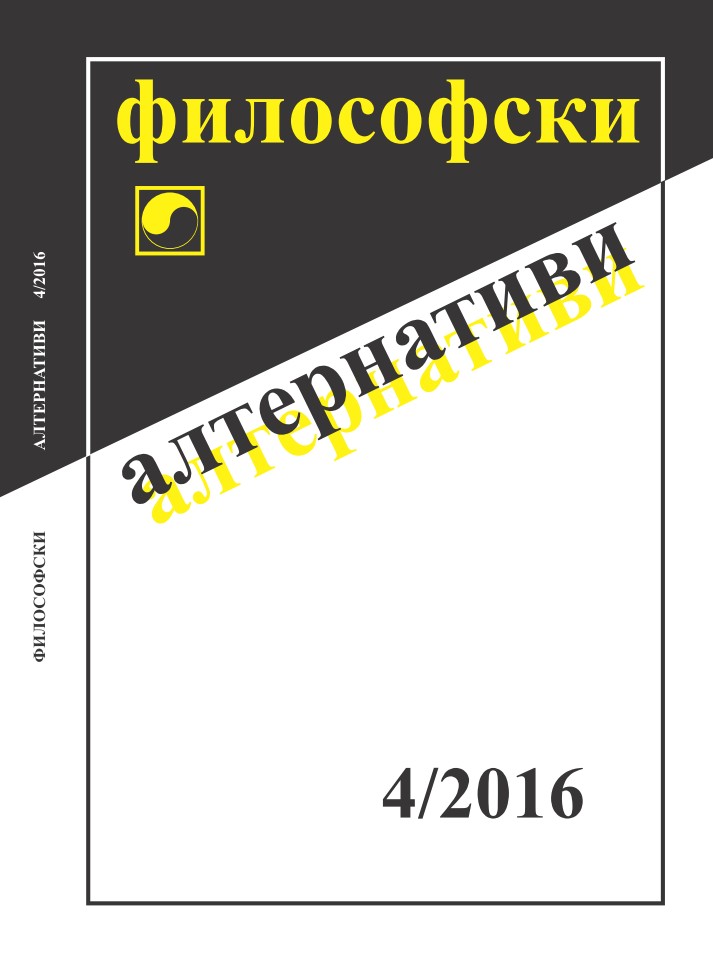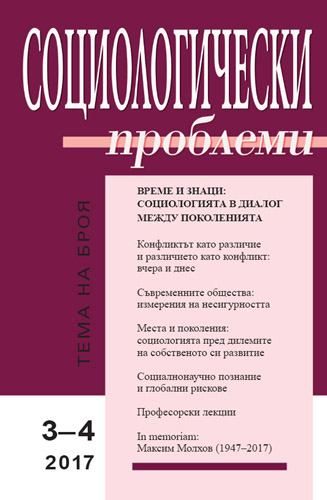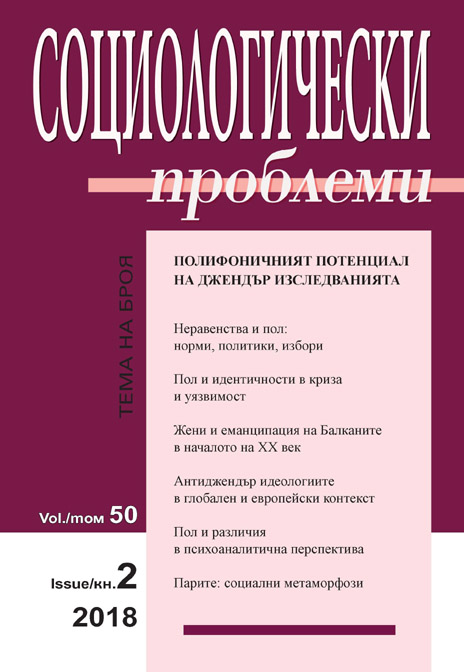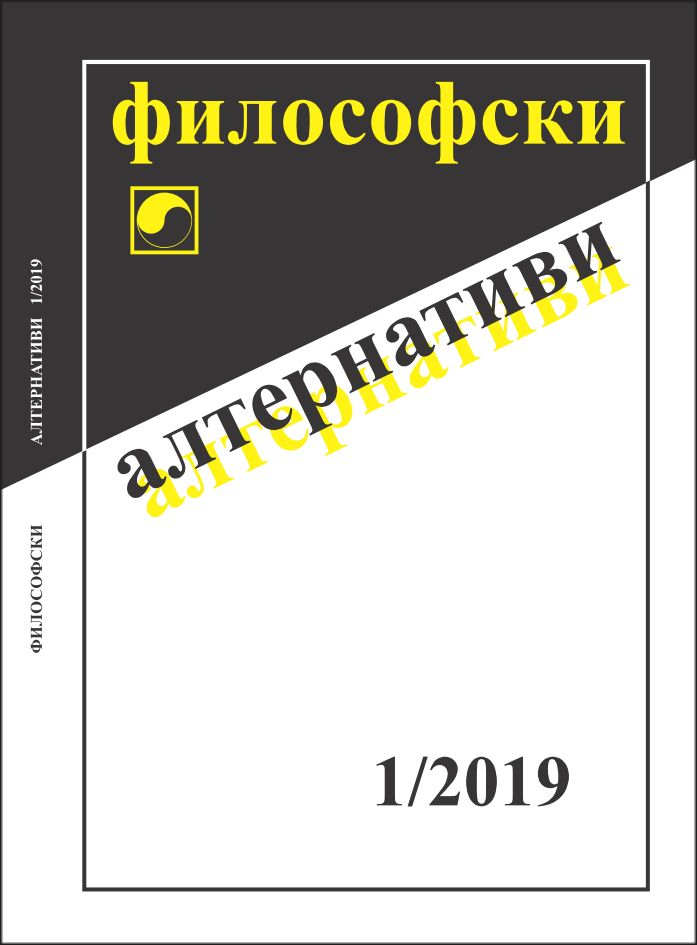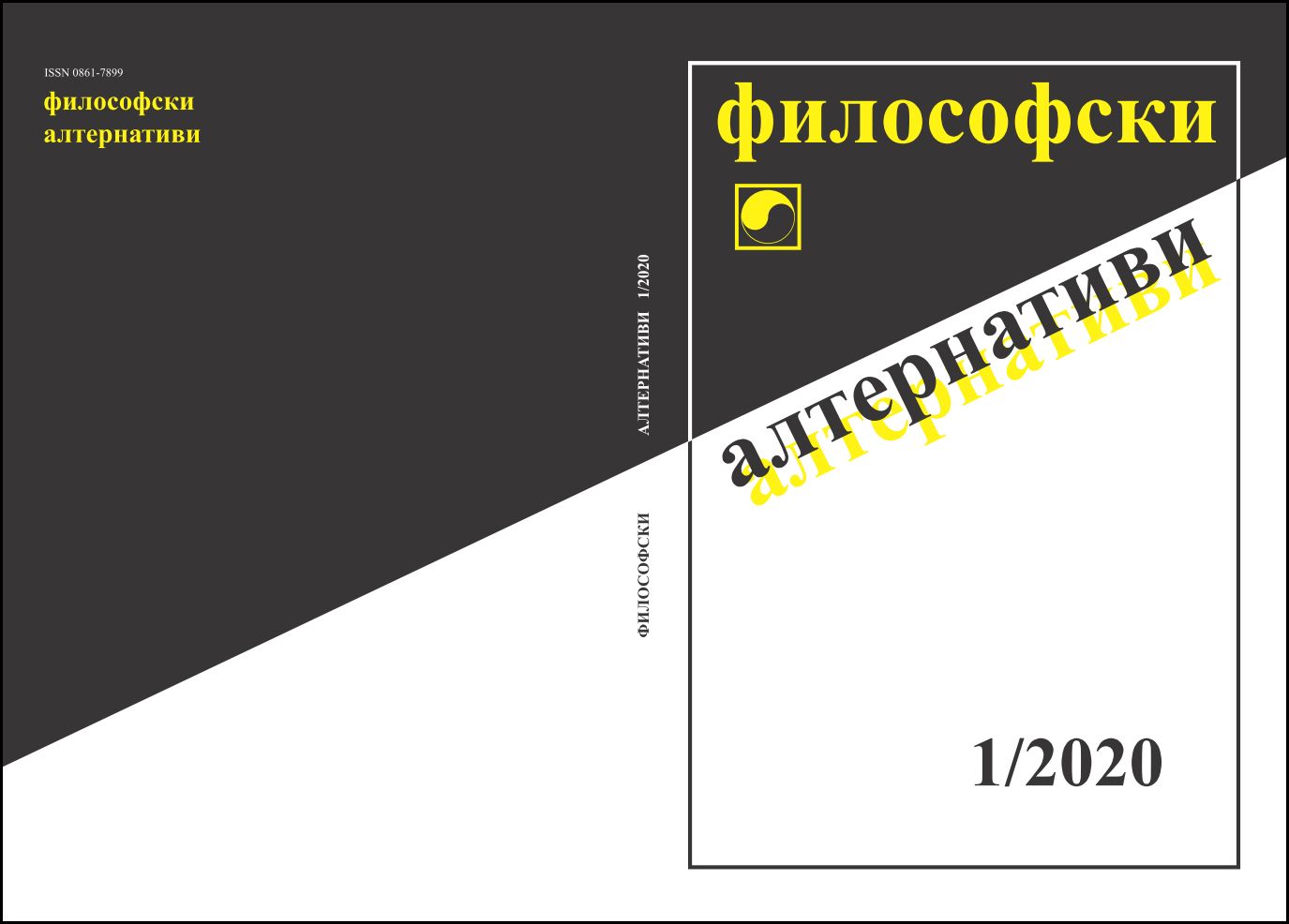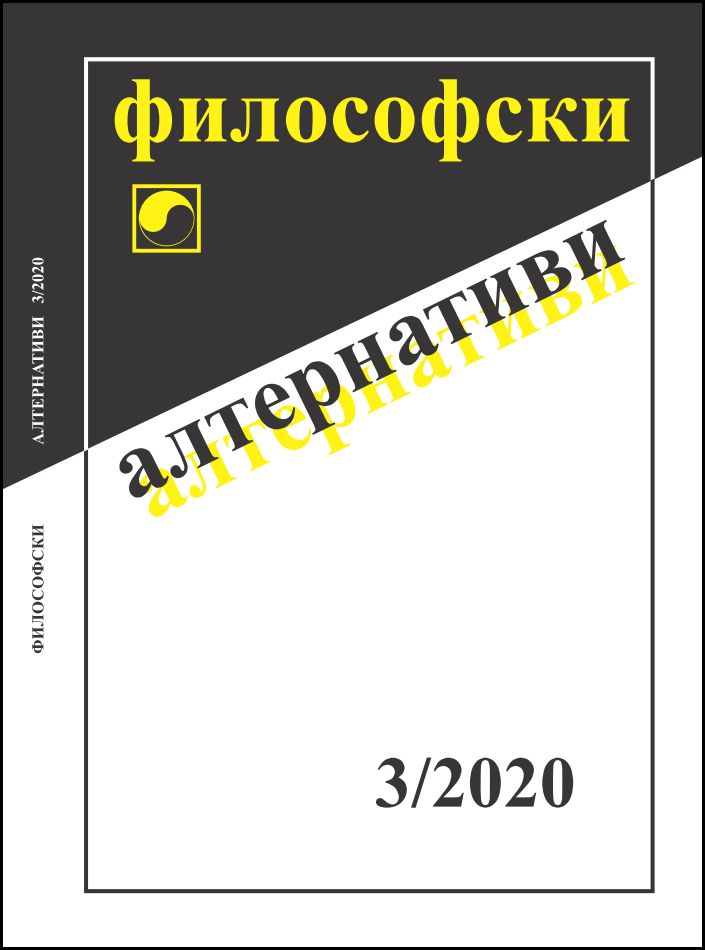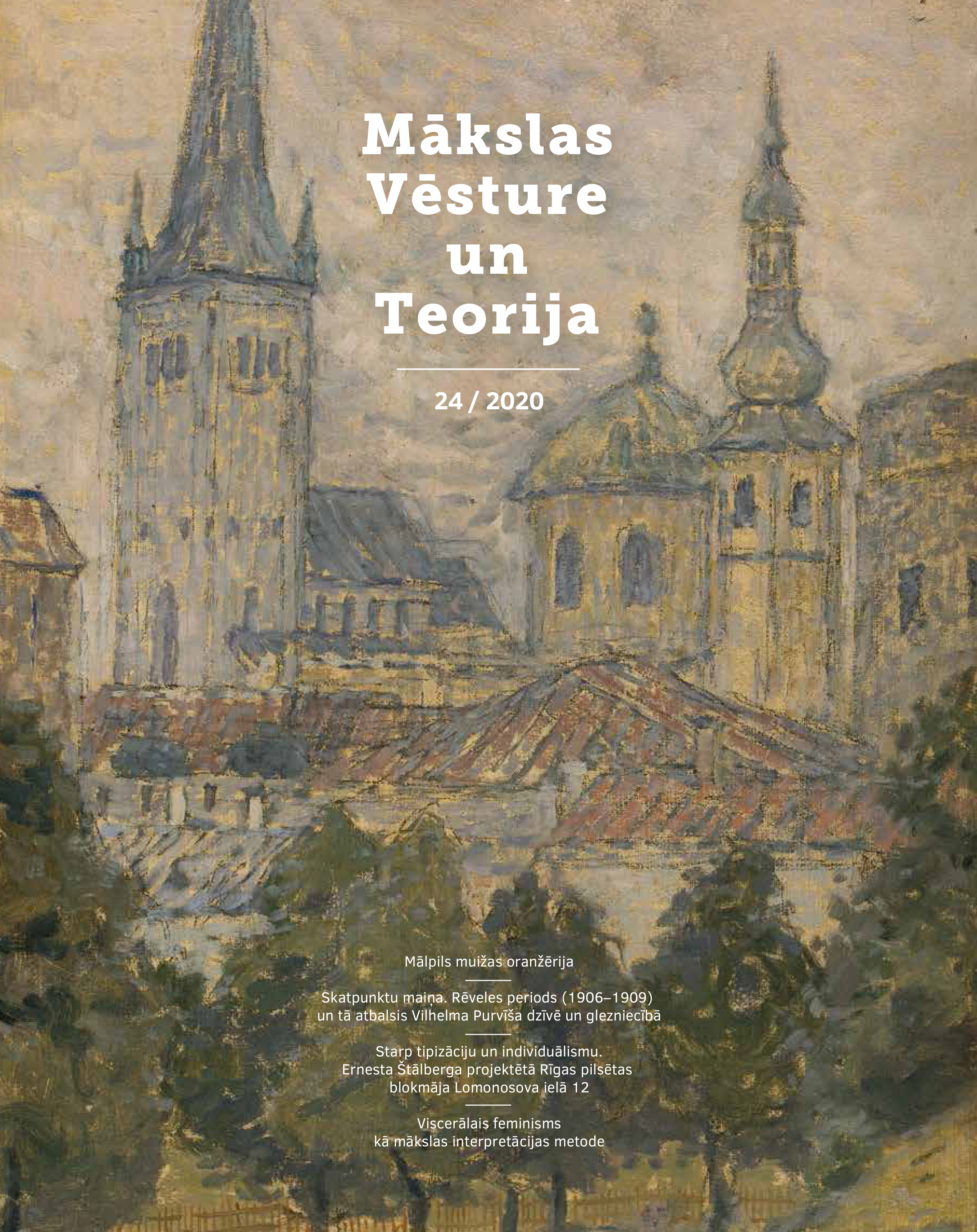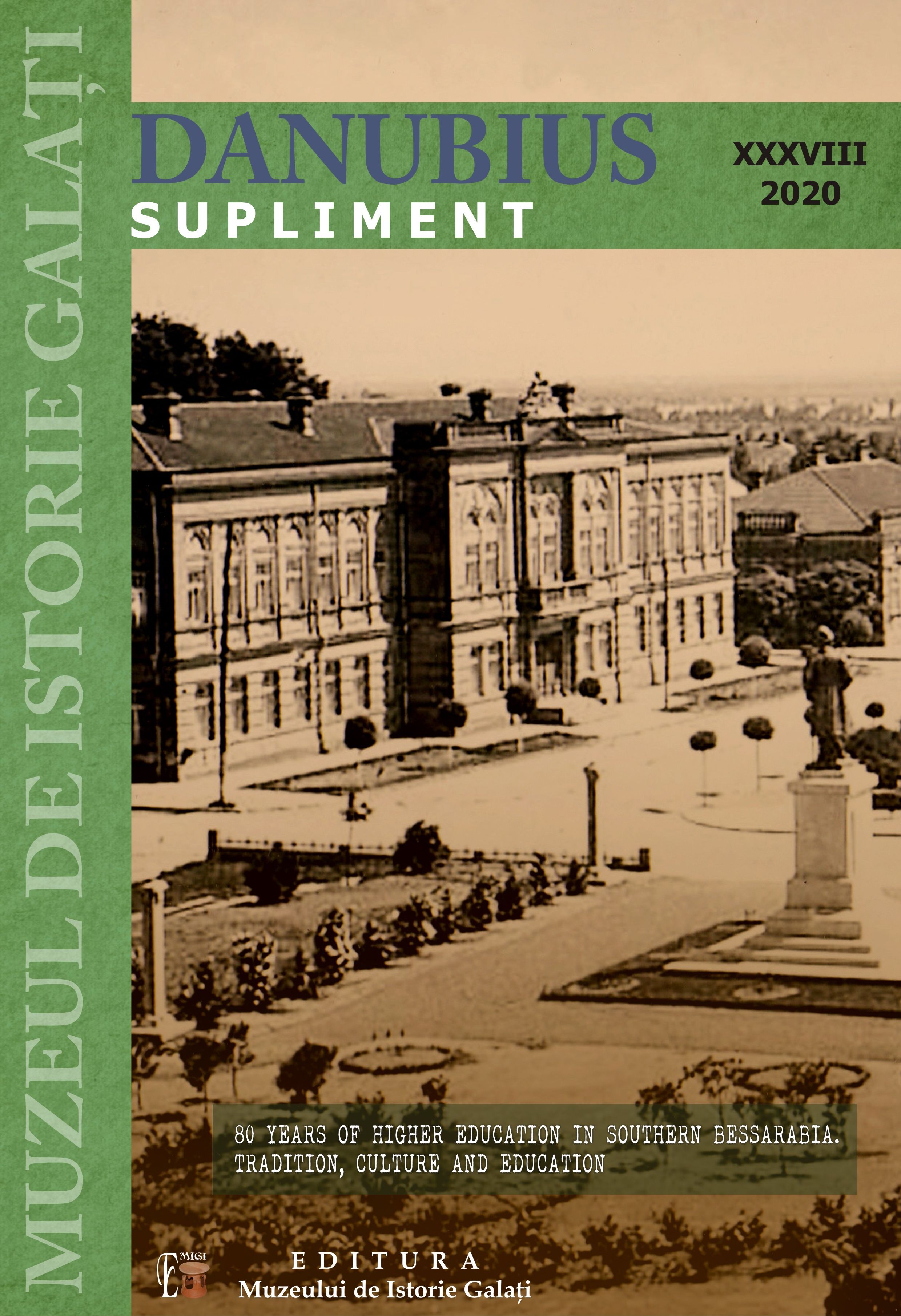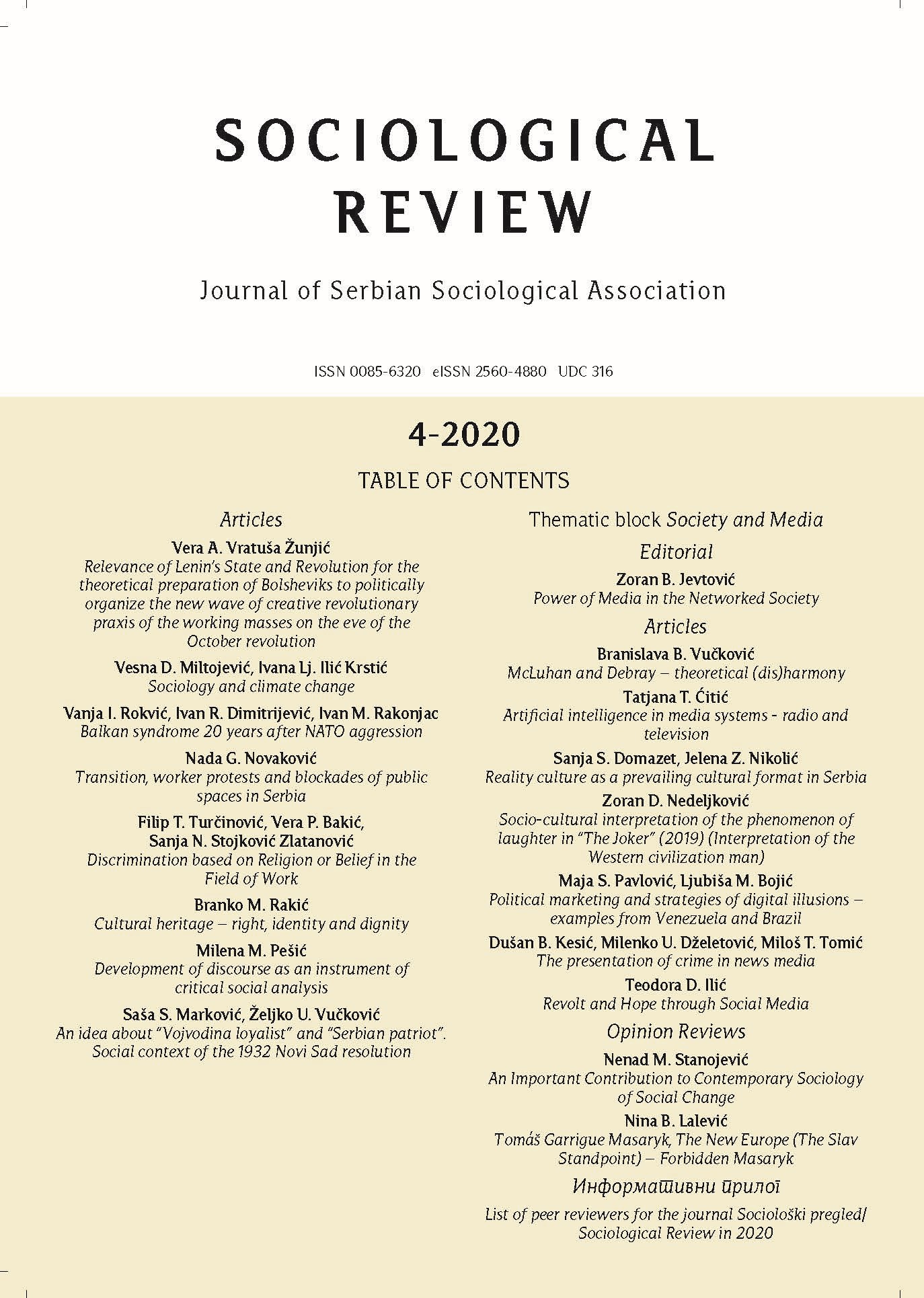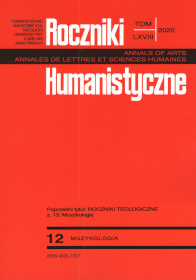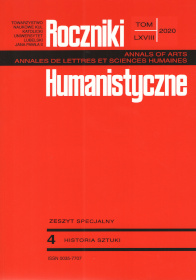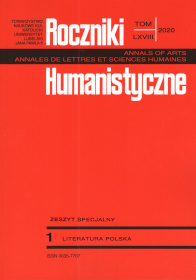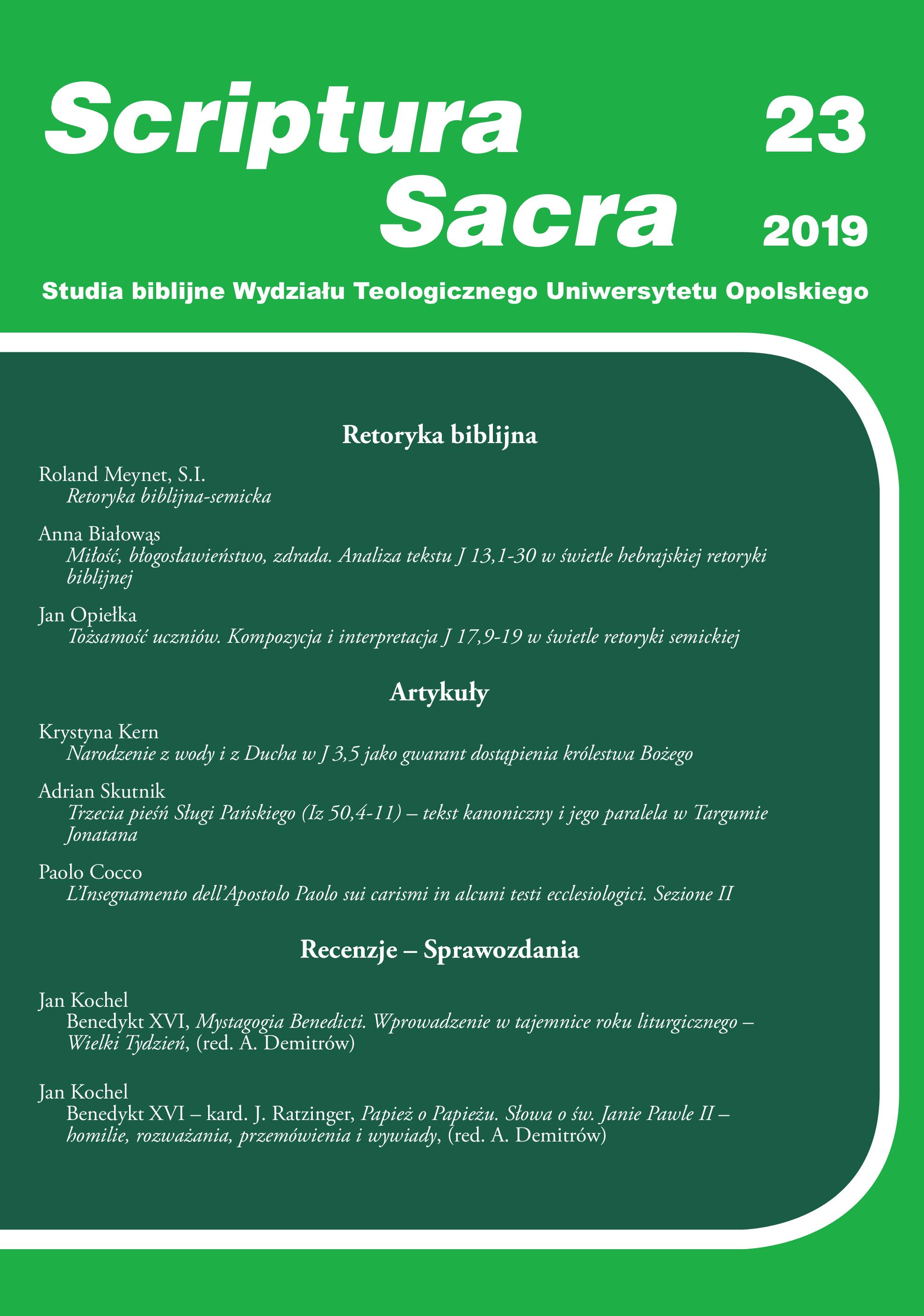Author(s): Jan Opiełka / Language(s): English,Polish
Issue: 23/2019
Przedmiotem badań w niniejszym artykule jest poszukiwanie fundamentów tożsamości ucznia Chrystusa znajdujących się w Ewangelii, aby w obliczu świata, w którym wszelkie granice się rozmywają, na nowo pokazać wyraźne rysy ucznia Pana. Cel ten został zrealizowany poprzez egzegezę fragmentu 17. rozdziału Ewangelii według św. Jana (J 17,9-19) z wykorzystaniem biblijnej retoryki semickiej oraz z uwzględnieniem najnowszej literatury z zakresu przedmiotu badań.Zasadnicze etapy pracy, którymi były: delimitacja badanego fragmentu, opis kontekstu biblijnego, interpretacja i wyciągnięcie wniosków teologicznych, zostały ujęte w trzech punktach. Na początku pierwszego punktu omówiono delimitację, ukazując kontekst dalszy oraz bliższy dla J 17. Następnie z zastosowaniem analizy odgórnej wydzielono w nim trzy jednostki: ww. 1d-8, 9-19 i 20-26. Do dalszej pracy wybrano fragment środkowy (ww. 9-19), którego treścią jest modlitwa Syna za uczniów. Poprzez zastosowanie metody analizy retorycznej udało się w badanym tekście wyszczególnić trzy części (ww. 9-11c, 11d-13 oraz 14-19) ułożone koncentrycznie w schemacie ABA’. Dla każdej z nich została opisana struktura wewnętrzna, konieczna do przeprowadzenia właściwej interpretacji. W punkcie drugim przeprowadzono interpretację poszczególnych części poprzedzoną analizą kontekstu biblijnego dla każdej z nich. Ta analiza pozwoliła m.in. zobaczyć powiązanie badanej perykopy z przypowieścią o synu marnotrawnym (Łk 15,31-32) oraz z modlitwą Ojcze nasz (Mt 6,9-13), a przez to dostrzec głębszy sens tekstu biblijnego.Trzeci punkt, który składa się z dwóch podpunktów, pokazuje kompozycję retoryczną całego fragmentu, prowadzącą do wniosków teologicznych. Na jej podstawie pokazano, że istotą przesłania J 17,9-19 jest miłość Ojca, która przyjmuje niedoskonałych synów, aby ci mogli prawdziwie stać się dla siebie braćmi.
More...
